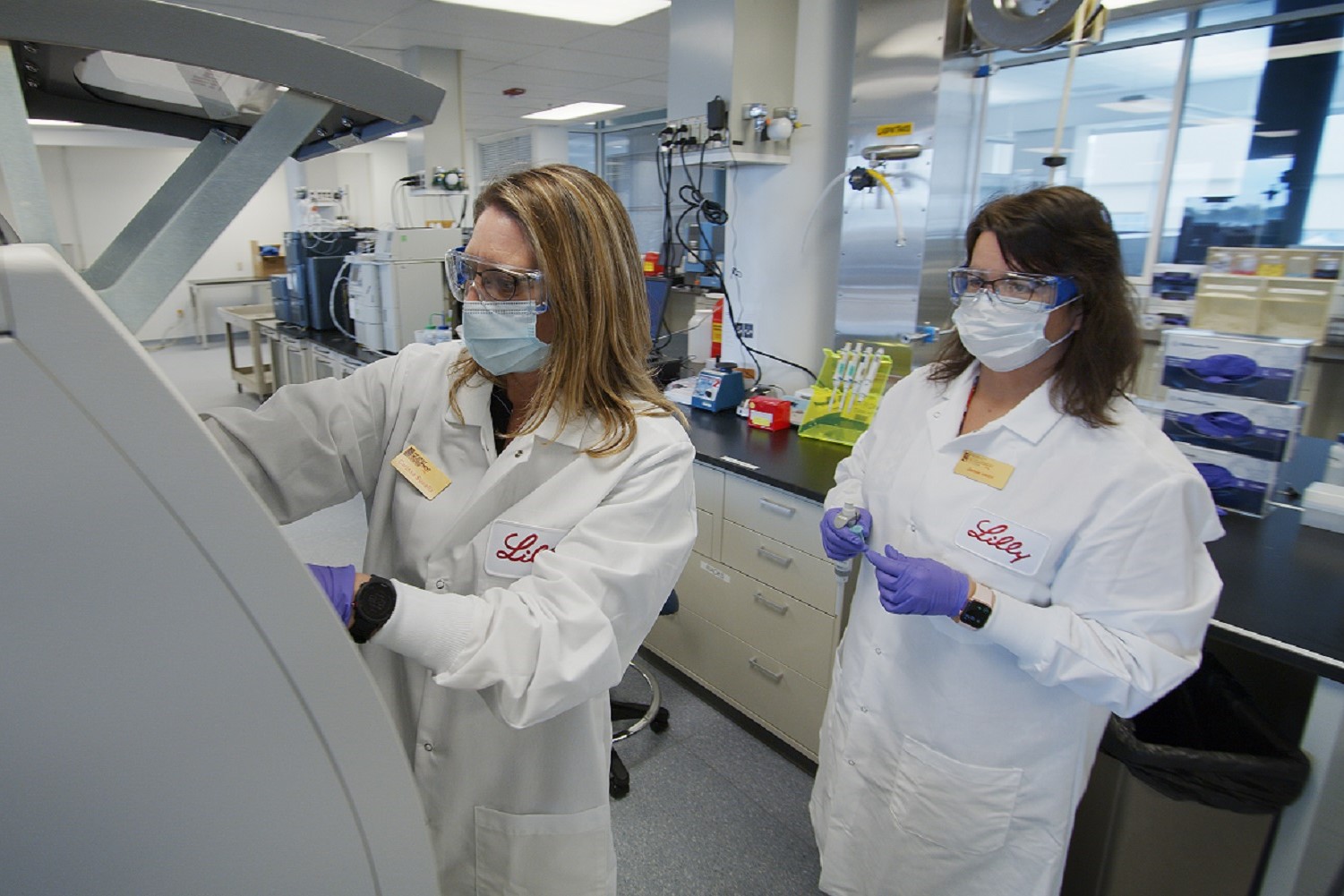Updated 4:29 p.m., March 18, 2010
The cardiac inflammation biomarker developed by Dr. Stanley Hazen and his colleagues at the Cleveland Clinic was a valuable and proven technology, thought Jake Orville, president and chief executive of Cleveland HeartLab.
The question: How to take a test for the biomarker to market?

With the Rise of AI, What IP Disputes in Healthcare Are Likely to Emerge?
Munck Wilson Mandala Partner Greg Howison shared his perspective on some of the legal ramifications around AI, IP, connected devices and the data they generate, in response to emailed questions.
Based on Hazen’s research, Cleveland Clinic spin-off company PrognostiX had commercialized a test for myeloperoxidase–an enzyme that indicates inflammation in the artery walls of the heart, which can predict fatal heart attacks or strokes. PrognostiX sold the test, CardioMPO, as a kit for laboratories to use.
But that business model failed, said Orville, who moved to Cleveland as president and CEO of PrognostiX in 2008. While large companies with arrays of diagnostic tests and deep pockets might succeed with such a model, start-ups often can’t. PrognostiX burned through its start-up cash before it could sell enough tests to support its operations.
So in October, Orville turned the model upside down and developed a fee-for-service model, which had succeeded for him at prior companies. Now, Cleveland HeartLab–another Clinic spin-off–is selling the test as a service of its CLIA-certified and CAP-accredited reference lab.
The trouble with the PrognostiX model was that it was unsustainable, Orville said. “Putting it in a kit, going to the FDA, launching it, getting key opinion leader adoption, getting mass adoption, and, oh, there’s this thing called reimbursement, right? And then getting it written as a standard of care. That’s a 10-year cycle,” he said.
PrognostiX could accelerate the discovery-to-commercialization part of the cycle with its robust technology, affiliation with the Cleveland Clinic and fast-track Food and Drug Administration approval.
But it couldn’t accelerate the commercialization-to-standard-of-care portion of the cycle, Orville said. “So instead of 10 years, you’re at eight. It’s still an unsustainable model for a young, emerging company that has limited funds and resources,” he said.
He couldn’t even imagine starting the cycle all over again when the company came up with another technology. “So you’re going back to the same cardiologists and convincing them of the same story,” Orville said. “We’ve learned that getting past the administrative bureaucracy–from when the doctor says, ‘I want it’ to the time it’s implemented–is a Herculean task, especially at major medical centers.”
Offering CardioMPO as a service eliminates many of the bureaucratic barriers posed by getting big laboratories to buy and use a test kit, Orville said. Instead, his company is reaching out to an emerging group of lipidologists–community doctors who recognize heart disease as the top risk for their aging patients.
“They’re like sponges,” Orville said. “They want to be knowledgeable about caring for lipid patients” who typically are at least 55 years old, have risk factors for heart disease like high cholesterol or high blood pressure, or who have a family history of heart problems. “These are people who want to look beyond traditional risk factors,” he said.
That’s where Hazen’s work comes in. Most doctors realize that cholesterol counts alone give an incomplete picture of heart disease risk. So do measures of nonspecific inflammation, such as high sensitivity C-reactive protein.
But myeloperoxidase is part of the process of building up plaque in heart arteries and it is concentrated in “vulnerable plaque”–deposits that could break away from artery walls and cause heart attack, stroke and death.
“We discovered that MPO plays a role in virtually all facets of the evolution of atherosclerotic plaque, from plaque initiation and development, to development of plaque fissuring and acute heart attack,” said Hazen, who has a host of titles at the Clinic, including section head of Preventive Cardiology and Rehabilitation and director of the Center for Cardiovascular Diagnostics and Prevention.
The Cleveland Clinic licensed Hazen’s MPO technology to Cleveland HeartLab, which in addition to developing its own test, sub-licensed the technology to Abbott Laboratories and Siemens Healthcare Diagnostics to develop tests for urgent-care settings, such as emergency rooms, said Hazen, who also is chief scientific officer of Cleveland HeartLab.
Hazen sees Cleveland HeartLab’s work as most beneficial in the community screening setting. Myeloperoxidase can identify patients who are at risk for fatal heart attacks when more traditional tests can’t, said the doctor who recently received $9.2 million more from the National Institutes of Health to continue his study of inflammation in heart disease.
Cleveland HeartLab offers an array of lipid and inflammation tests, Orville said. Only CardioMPO is proprietary.
The company recently closed on a $3 million investment round, which it will use to expand sales and marketing, build internal operations and commercialize more Cleveland Clinic technologies. Already, the company has hired four people for a staff of 12.
The company competes against Berkeley HeartLab in Burlingame, Calif., a spin-off of Lawrence Berkeley National Lab that was acquired by Celera Group of Rockville, Md. in 2007. Berkeley HeartLab is a reference lab that offers advanced lipid testing, Orville said. His Cleveland company also competes with Athrotech in Birmingham, Ala., whose VAP test is considered the best advanced lipid test, he said.
Then there’s LipoScience in Raleigh, N. C., whose LipoProfile test measures the number of lipoprotein particles in the blood that form atherosclerotic plaque. But Cleveland HeartLab is the only lab that looks at inflammation markers, Orville said.
“The truth is–and I’m not the doctor–lipids are great to look at. They give you a general state of risk in your body. But it’s inflammation that causes the events,” he said.
“My own father, he’s from upstate New York, walking uphill, shortness of breath. He went to a cardiologist. Normal lipids. Passed the stress test,” Orville said, talking in a kind of shorthand. If his father would have taken Cleveland HeartLab’s panel, it likely would have been through the roof.
“Two weeks later, he had a triple bypass at the Cleveland Clinic,” he said. “He had three completely blocked arteries. My dad was one walk away from a heart attack.”
If patients have a risk factor for heart disease, both Medicare and private insurance generally pay for Cleveland HeartLab’s five-test panel, he said. But even if the insurers don’t pay, the panel costs $180.
In the end, the company also could sell the MPO test directly to physicians and labs. “That’s the beauty of the model,” Orville said.














